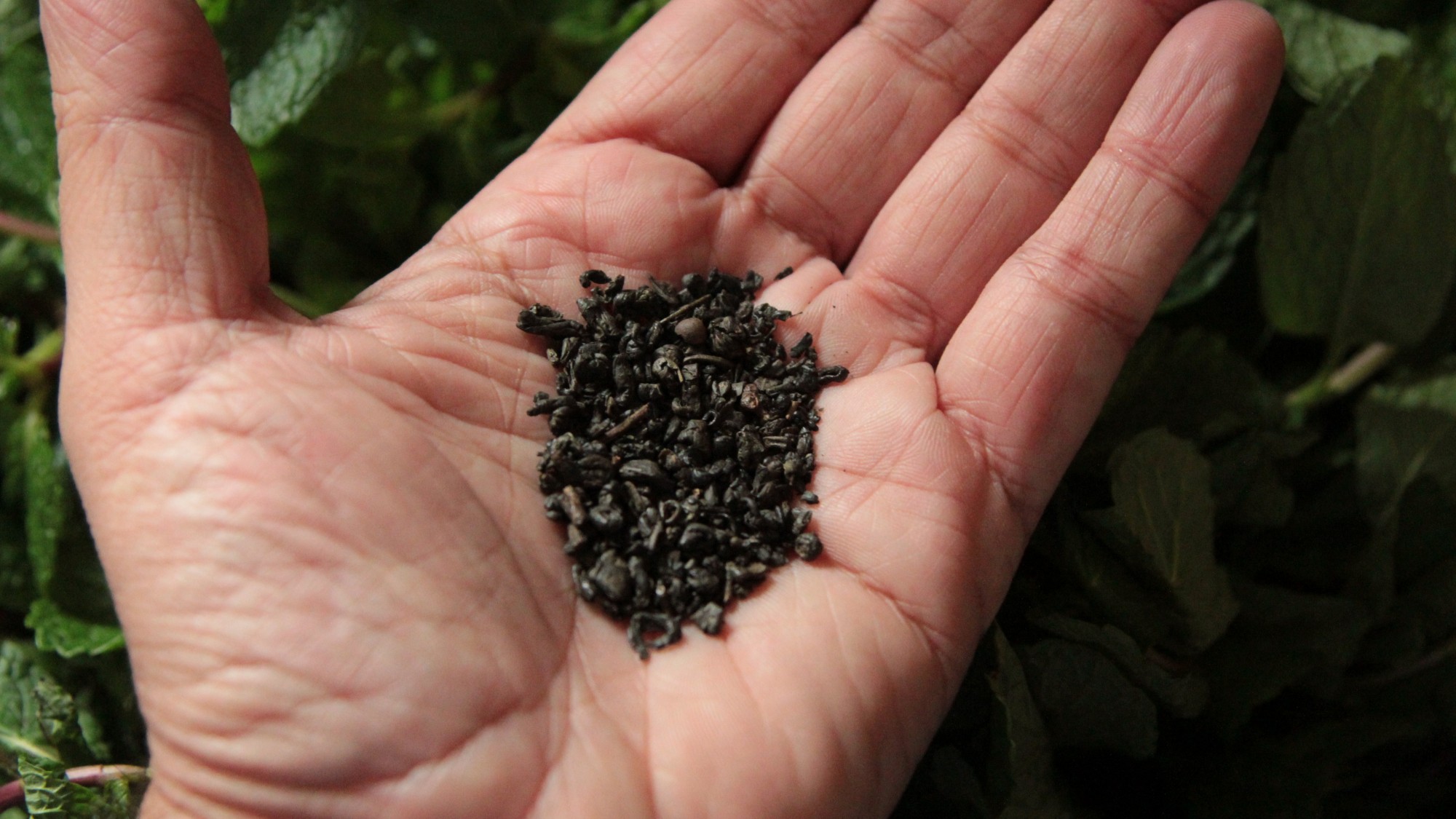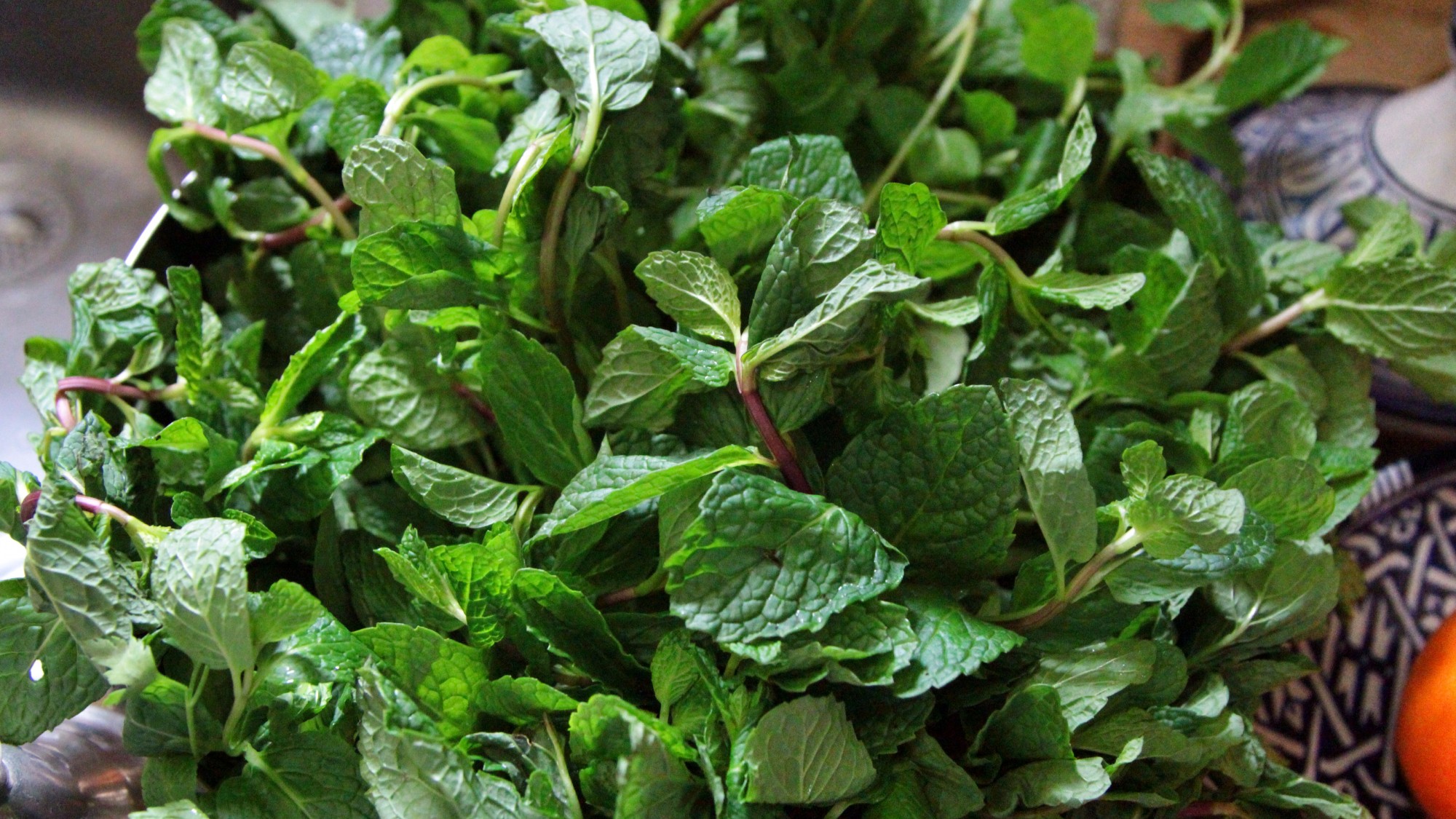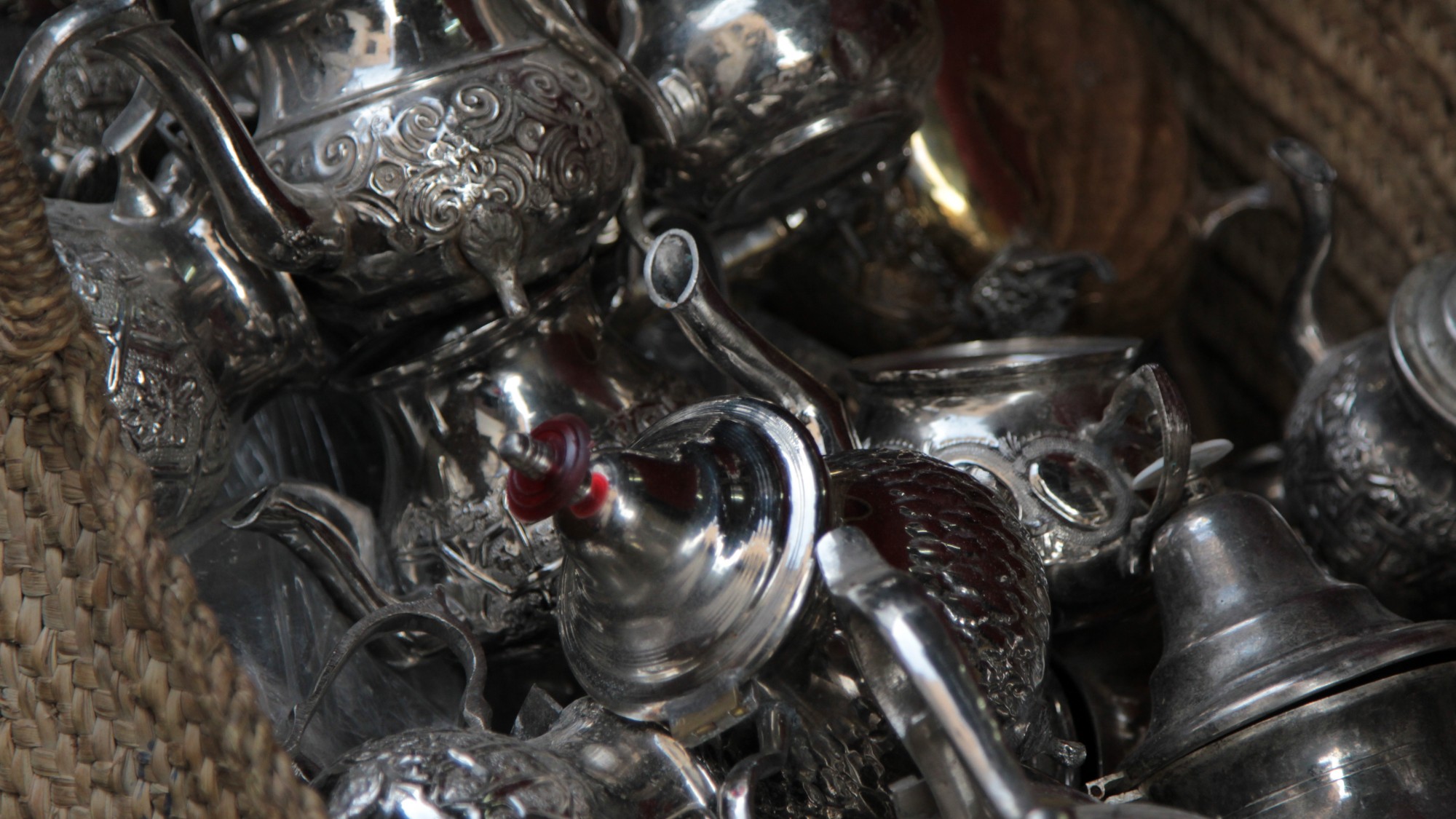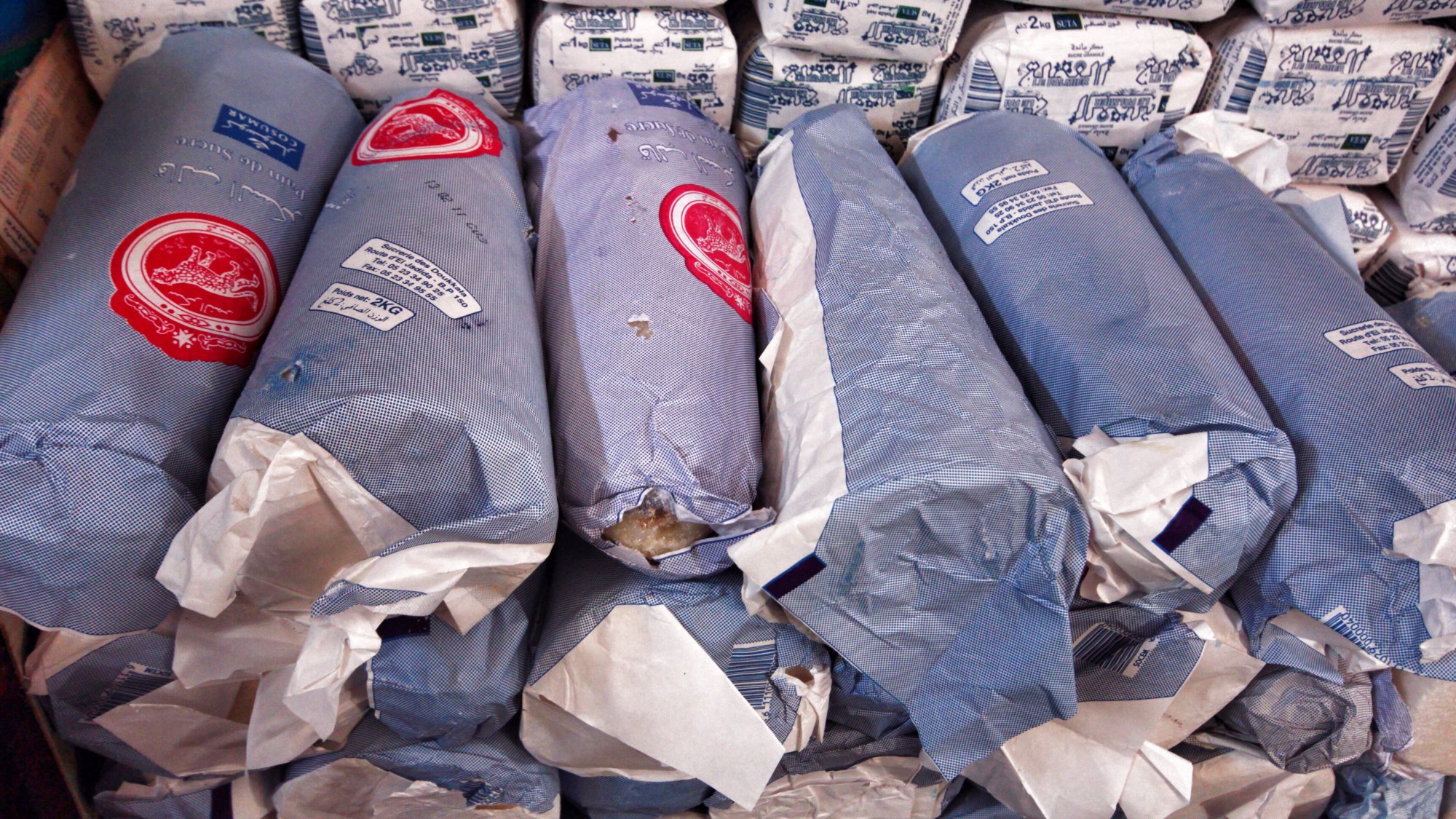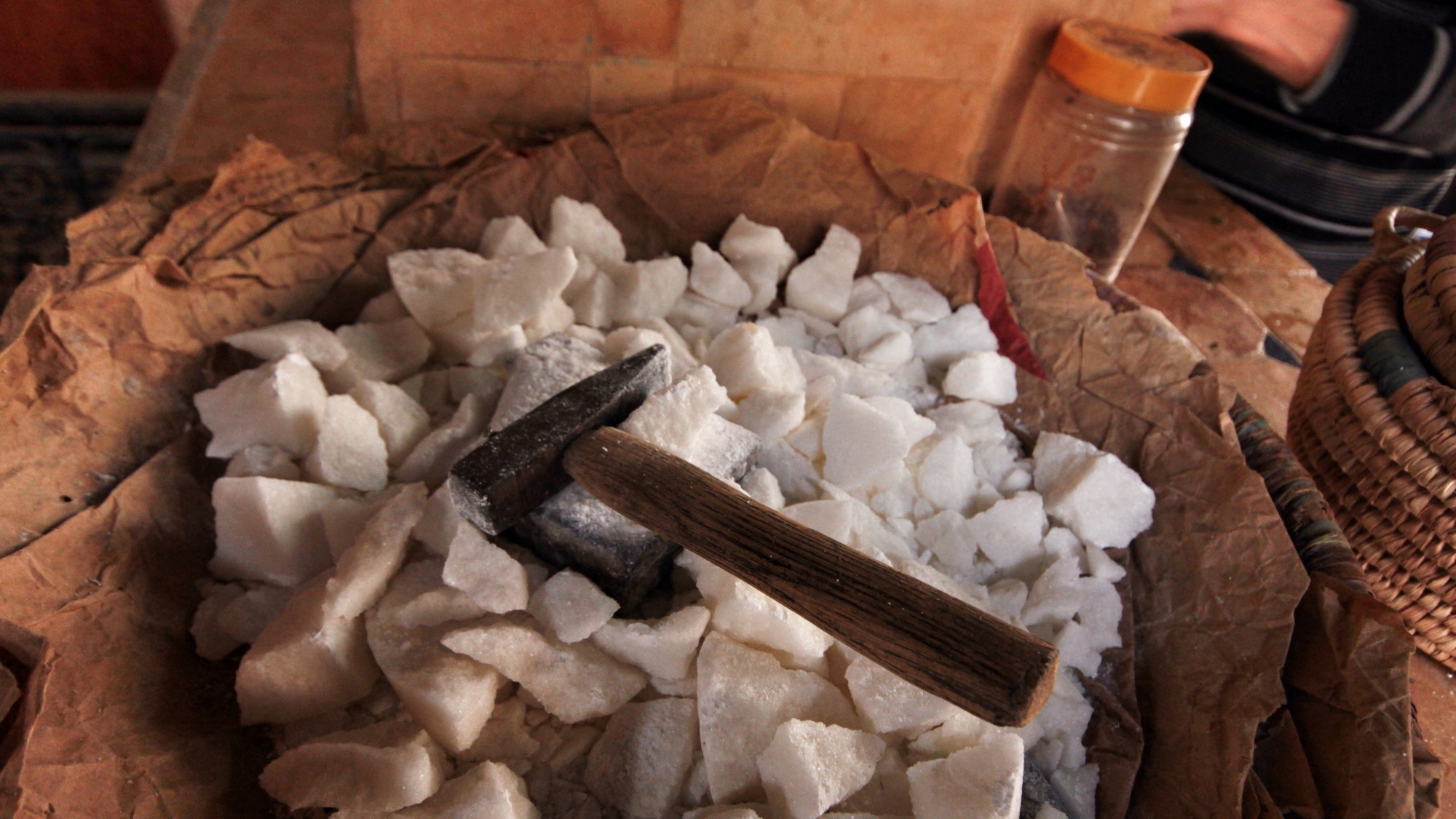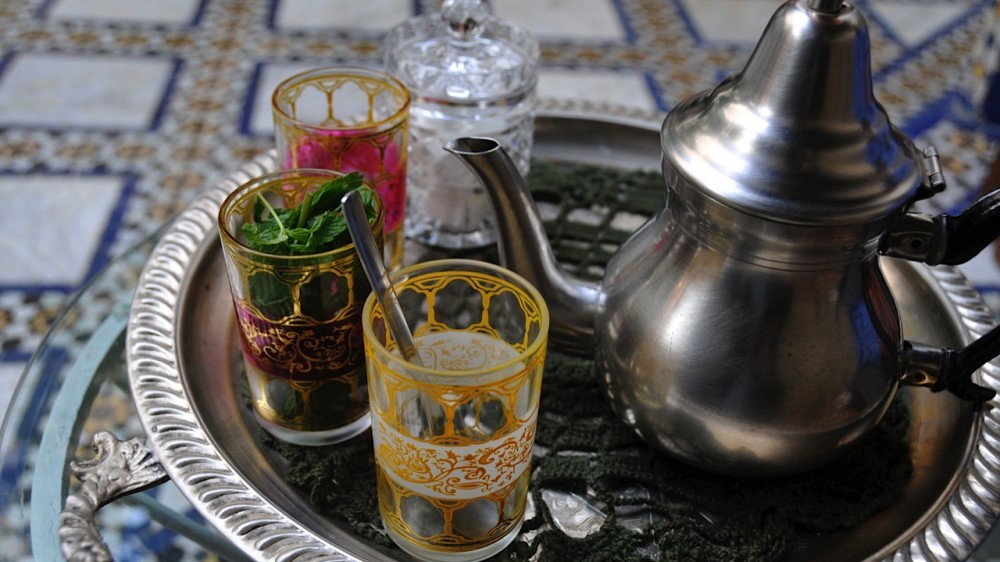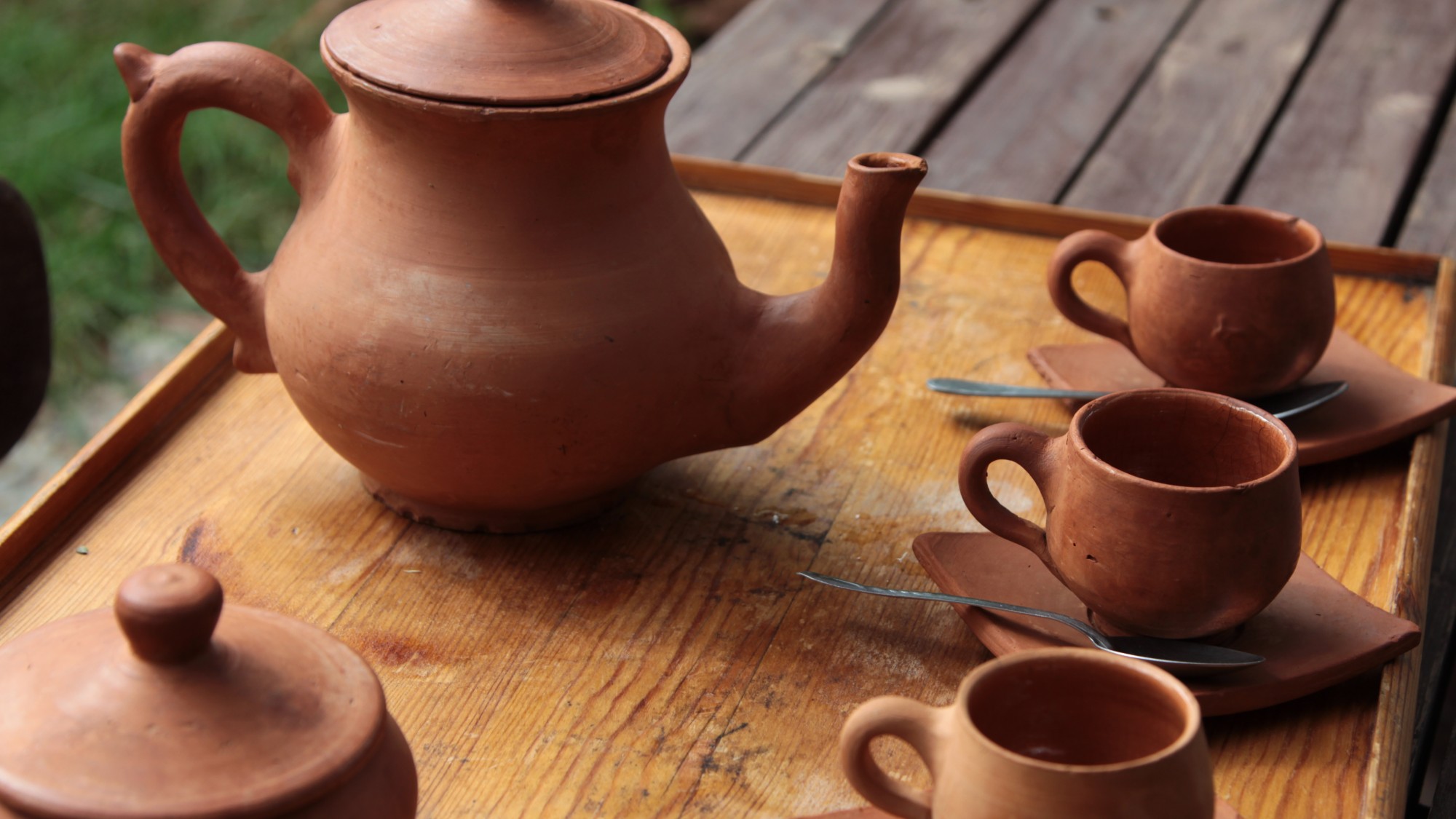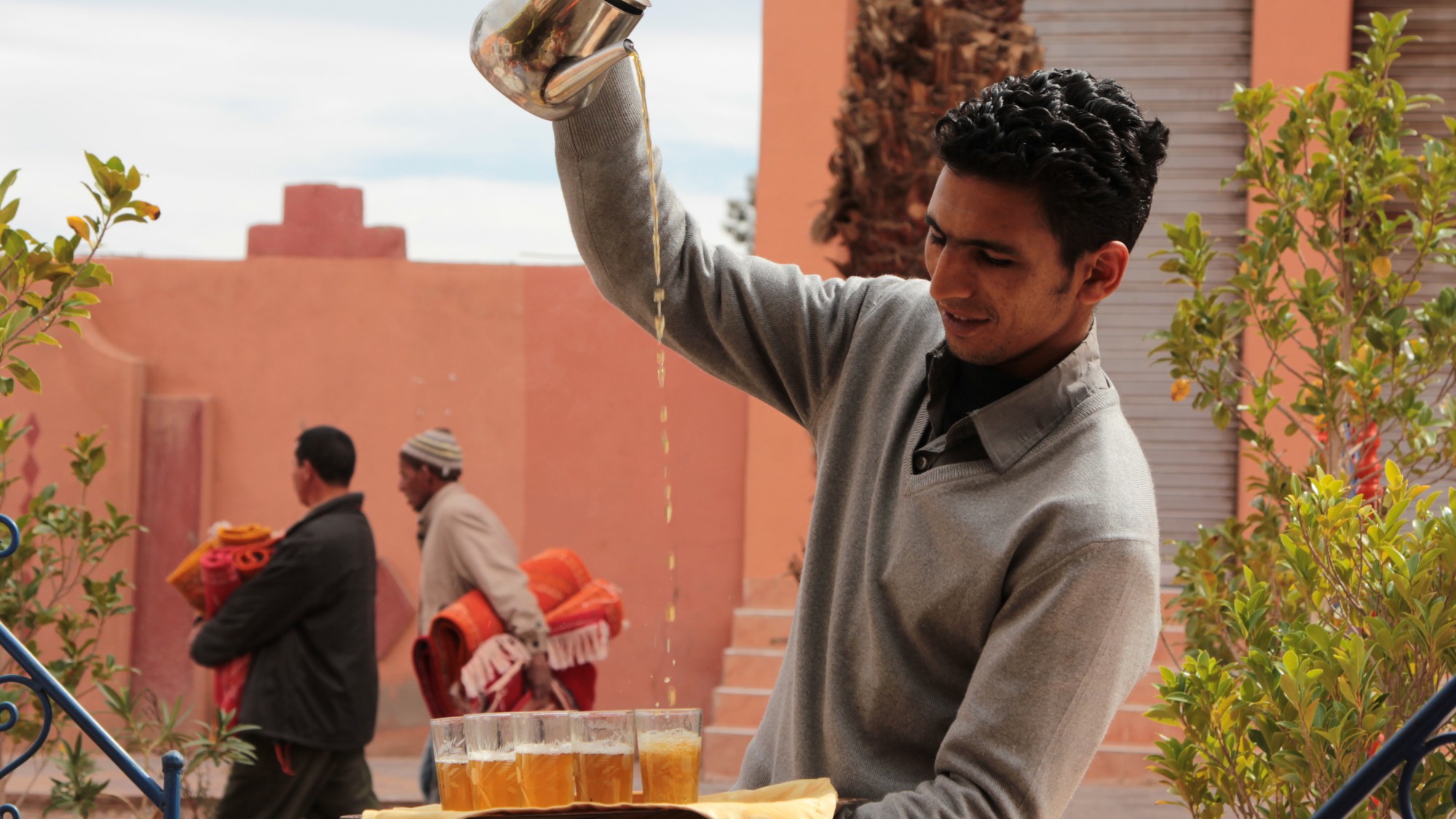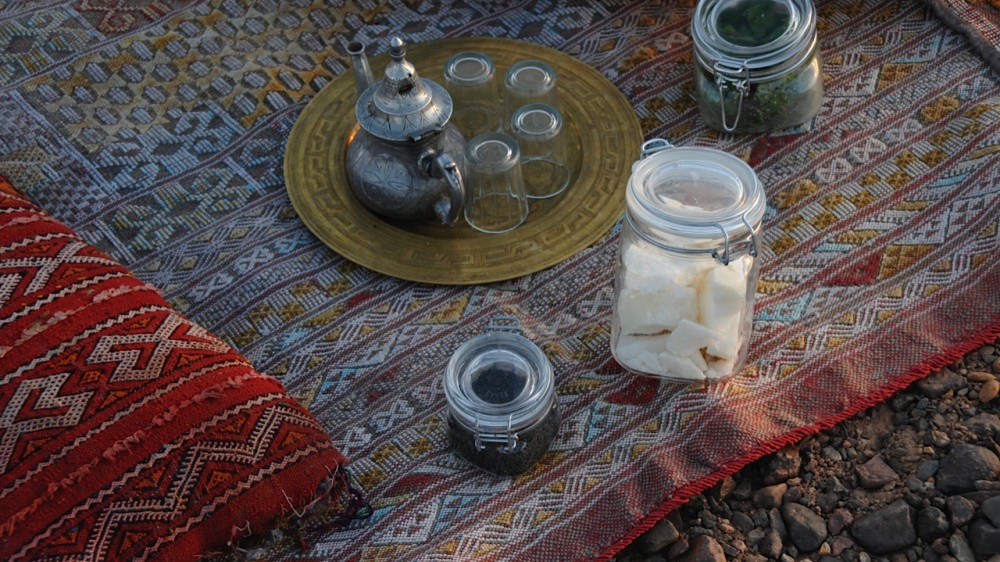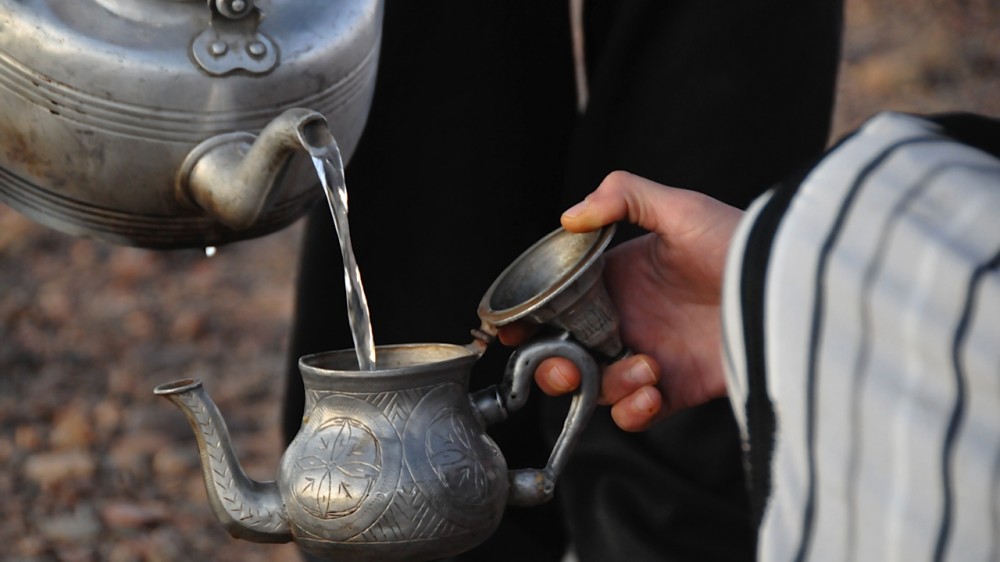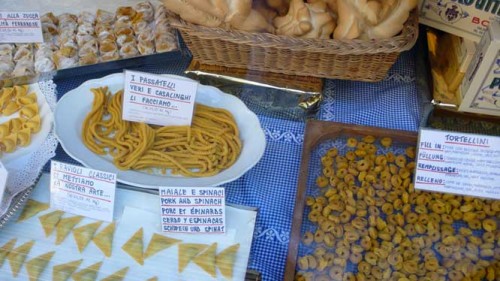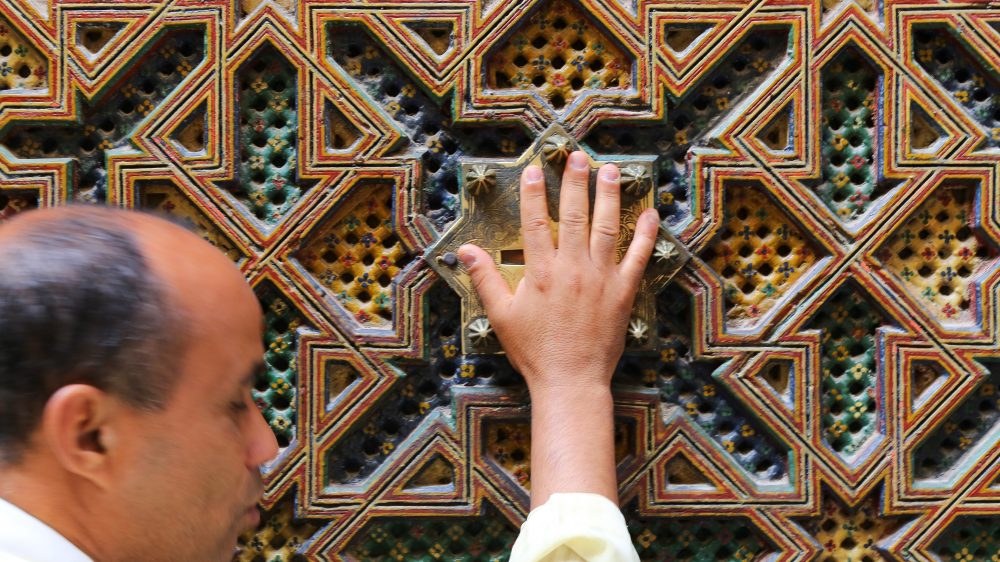Whisky Berbère
Mint tea in Morocco is everywhere: every visitor is bound to get an offer of tea, whether from a rug dealer or in a local’s home, and it would be rude to refuse. All business transactions, receptions, ceremonies, and celebrations involve tea in Morocco; it’s the sign of hospitality as much as it is the open door to negotiating a deal. There’s much more to it than meets the eye, however. We’ve looked at this classic custom from every angle, and compiled a list of everything you always wanted to know about Moroccan tea, but didn’t have the Arabic to ask.
- The British introduced tea to Morocco in the 18th century, as part of the expansion of overseas markets and trade with Asia.
- Ordering thé a la menthe in French will be understood; saying atay b’naana in the Moroccan dialect will earn you friends for life.
- Muslims are forbidden alcohol according to the Koran, but in the light-hearted and joking way that Moroccans have, they refer to their national beverage as “Whiskey Berbère” (Berber whiskey).
- Women dominate the kitchen in Moroccan society, but tea is a man’s preserve, traditionally prepared and served by men. It is practically a ritual, in the same way tea is regarded ceremoniously in Japanese culture.
- Is there “tea” in the tea? Although it may seem like it’s all mint, proper Moroccan tea must be made with Gunpowder Pearl green tea. All the tea in Morocco is imported from China.
- Sugar is the key element. The sweeter the tea is, the more you are respected as a guest, according to custom. Moroccans don’t understand sugar-free anything, but if you want a mint tea that isn’t so syrupy that a spoon can stand in the glass, ask for the three Bs: bla bzucar bzaf (without a lot of sugar).
- Sugarloaves, common in Renaissance times, have all but disappeared in Europe; in Morocco, however, this is still the traditional way people buy sugar. Most grocery stores have an aisle devoted to sugar in numerous forms and the sugarloaf still makes an excellent gift if you are invited into a Moroccan home.
- Tea pouring is an involved ritual: sugar and tea must be mixed to just the right amount, and pouring into the glass has a certain significance: it not only aerates the tea and infuses the mint flavor, but pouring tea from up on high in a stream into the glass is considered an act of respect towards the guest. The higher you pour the tea, the more important your guest is. The King of Morocco has official tea pourers who stand on ladders to pour the royal beverage.
Sebastian lived in Morocco for several years, and knows the souks and their mint varietals inside out. Locals pour his cup of tea from the rooftops when he swings back through town for a visit.
